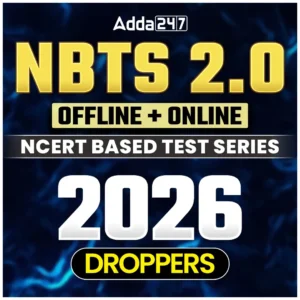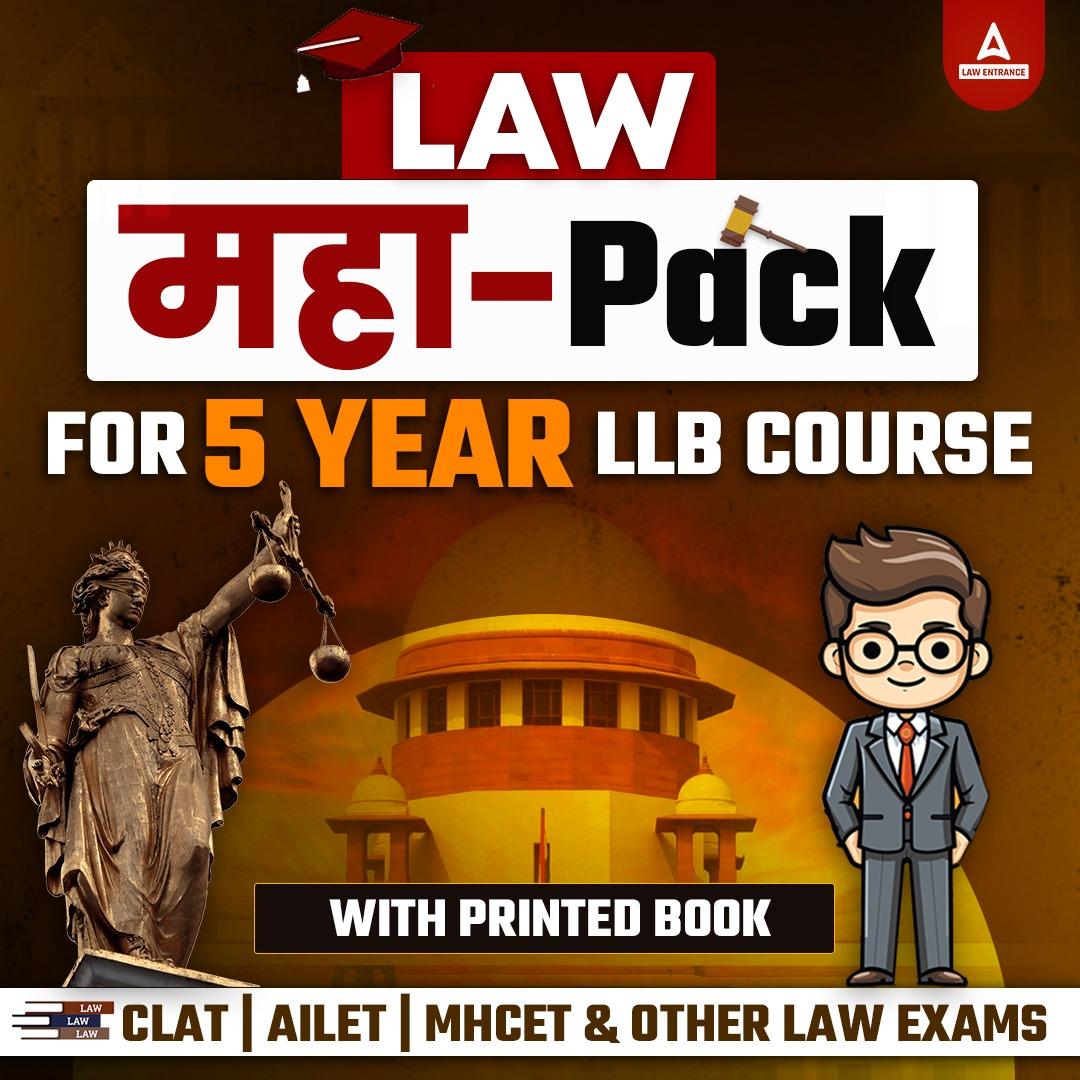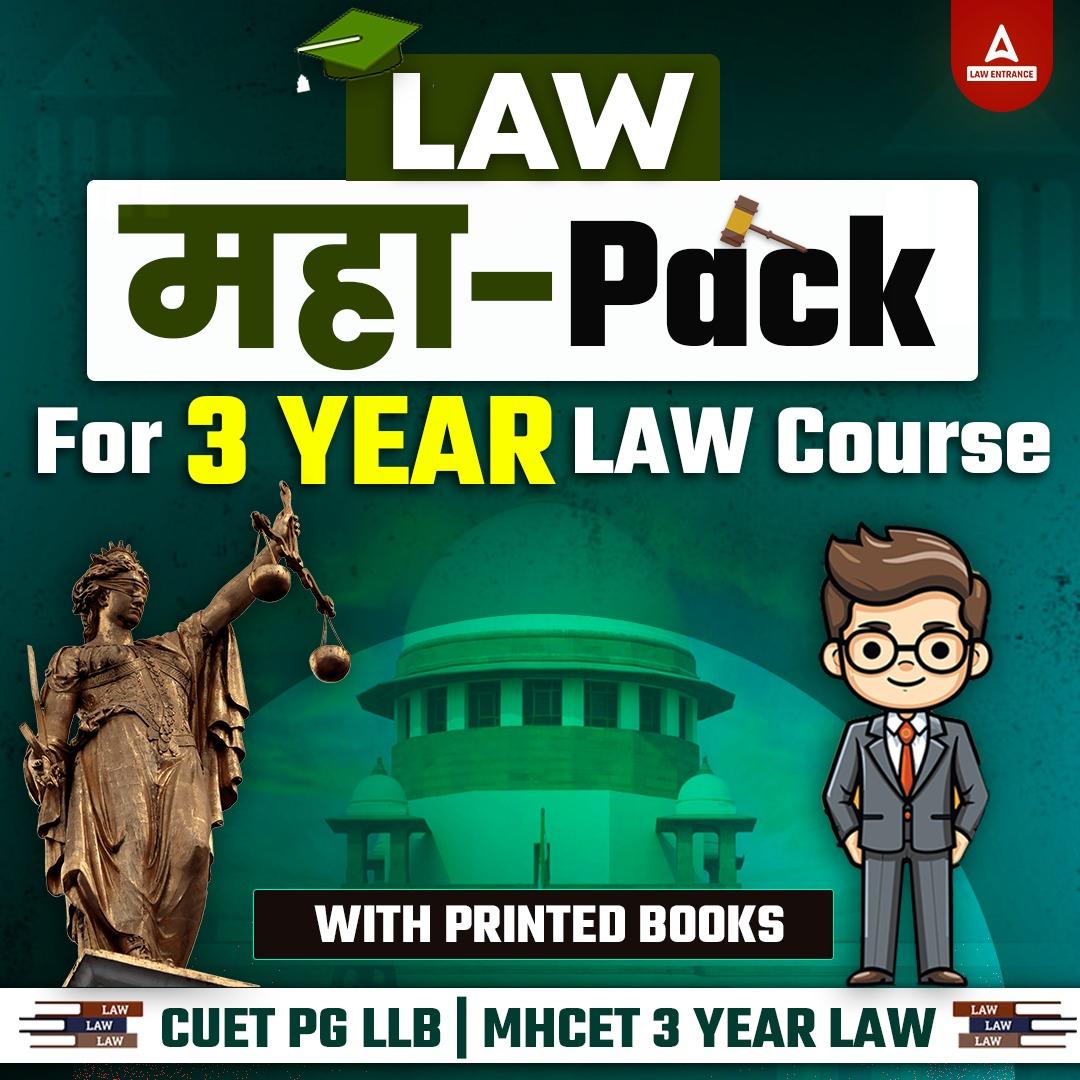The Central Board of Secondary Education has released the CBSE Class 12 Maths Syllabus 2025-26 at its official website. All the students who have got their admission into the class 12th Science or Commerce streams can now visit the official website of CBSE at https://www.cbse.gov.in/ to check and access the CBSE Class 12 Maths Syllabus 2026.
To help students with their exam preparations, we have added the direct links connecting to the CBSE Class 12 Maths Syllabus 2025-26 in the article below. Also, the students can check the topic wise CBSE Class 12 Syllabus in the article below.
CBSE Class 12 Maths Syllabus 2025-26 (Basic)
The CBSE Class 12 Maths Exam 2025-26 are expected to be conducted by the Central Board of Secondary Education at various affiliated exam centers in February – March 2026. Mathematics is one of the common and main subject in the Science (Non-medical) and the Commerce streams as various students with interest in engineering, banking, finance or related stream need to study and understand all the concepts of the CBSE Class 12 Maths Syllabus 2025-26. One of the major aspect that help students prepare for the CBSE Class 12 Maths Exam is by solving more and more CBSE Class 12 Sample Paper.
| CBSE Class 12 Maths Syllabus 2025-26 (Basic) | |||
| S.No. | Units | No. of Periods | Marks |
| I. | Relations and Functions | 30 | 8 |
| II. | Algebra | 50 | 10 |
| III. | Calculus | 80 | 35 |
| IV. | Vectors and Three – Dimensional Geometry | 30 | 14 |
| V. | Linear Programming | 20 | 5 |
| VI | Probability | 30 | 8 |
| Total | 240 | 80 | |
| Internal Assessment | 20 | ||
| Total Marks | 100 | ||
CBSE Class 12 Mathematics Syllabus 2026 (Basic)
Below, we have added the CBSE Class 12 Mathematics Syllabus 2026 (Basic) that can help students prepare well for the exam. Scroll down in the article below to check and access the Unit Wise CBSE Class 12 Maths Syllabus 2025-26:
Unit I: Relations and Functions
Chapter 1: Relations and Functions
- Relations and Functions: Types of relations, reflexive, symmetric, transitive and equivalence relations. One-to-one and onto functions.
Chapter 2: Inverse Trigonometric Functions
- Inverse Trigonometric Functions: Definition, range, domain, principal value branch. Graphs of inverse trigonometric functions
Unit II: Algebra
Chapter 1: Matrices
- Matrices: Concept, notation, order, equality, types of matrices, zero and identity matrix, transpose of a matrix, symmetric and skew-symmetric matrices. Operation on matrices: Addition and multiplication and multiplication with a scalar. Simple properties of addition, multiplication and scalar multiplication. Non-commutativity of multiplication of matrices and existence of non-zero matrices whose product is the zero matrix (restrict to square matrices of order 2). Invertible matrices and proof of the uniqueness of inverse, if it exists; (Here all matrices will have real entries).
Chapter 2: Determinants
- Determinants: Determinants of a square matrix (up to 3 x 3 matrices), minors, co-factors and applications of determinants in finding the area of a triangle. Adjoint and inverse of a square matrix. Consistency, inconsistency and number of solutions of system of linear equations by examples, solving system of linear equations in two or three variables (having unique solution) using inverse of a matrix.
Unit III: Calculus
Chapter 1: Continuity and Differentiability
- Continuity and Differentiability: Continuity and Differentiability, chain rule, derivative of inverse trigonometric functions, 𝑙𝑖𝑘𝑒 sin−1 𝑥 , cos−1 𝑥 and tan−1 𝑥, derivative of implicit functions. Concept of exponential and logarithmic functions. Derivatives of logarithmic and exponential functions. Logarithmic differentiation, derivative of functions expressed in parametric forms. Second order derivatives.
Chapter 2: Applications of Derivatives
- Applications of derivatives: rate of change of bodies, increasing/decreasing functions, maxima and minima (first derivative test motivated geometrically and second derivative test given as a provable tool). Simple problems (that illustrate basic principles and understanding of the subject as well as real life situations).
Chapter 3: Integrals
- Integrals: Integration as inverse process of differentiation. Integration of a variety of functions by substitution, by partial fractions and by parts, Evaluation of simple integrals of the following types and problems based on them.
∫ dx x 2 ± a 2, ∫ dx √x 2 ± a 2 , ∫ dx √a 2 − x 2 , ∫ dx ax2 + bx + c , ∫ dx √ax2+bx+c
∫ px + q ax2 + bx + c dx, ∫ px + q √ax2+bx + c dx, ∫ √a 2 ± x 2 dx, ∫ √x 2 − a 2
∫√𝑎𝑥2 + 𝑏𝑥 + 𝑐 𝑑𝑥, Fundamental Theorem of Calculus (without proof). Basic properties of definite integrals and evaluation of definite integrals.
Chapter 4: Applications of the Integrals
- Applications of the Integrals: Applications in finding the area under simple curves, especially lines, circles/ parabolas/ellipses(in standard form only)
Chapter 5: Differential Equations
- Differential Equations Definition: order and degree, general and particular solutions of a differential equation. Solution of differential equations by method of separation of variables, solutions of homogeneous differential equations of first order and first degree. Solutions of linear differential equation of the type:
dy dx + py = q, where p and q are functions of x or constants.
d𝑥 d𝑦 + px = q, where p and q are functions of y or constants.
Unit IV: Vectors and Three-Dimensional Geometry
Chapter 1: Vectors
- Vectors: Vectors and scalars, magnitude and direction of a vector. Direction cosines and direction ratios of a vector. Types of vectors (equal, unit, zero, parallel and collinear vectors), position vector of a point, negative of a vector, components of a vector, addition of vectors, multiplication of a vector by a scalar, position vector of a point dividing a line segment in a given ratio. Definition, Geometrical Interpretation, properties and application of scalar (dot) product of vectors, vector (cross) product of vectors.
Chapter 2: Three-dimensional Geometry
- Three-dimensional Geometry: Direction cosines and direction ratios of a line joining two points. Cartesian equation and vector equation of a line, skew lines, shortest distance between two lines. Angle between two lines.
Unit V: Linear Programming
Chapter 1: Linear Programming
- Linear Programming: Introduction, related terminology such as constraints, objective function, optimization, graphical method of solution for problems in two variables, feasible and infeasible regions (bounded or unbounded), feasible and infeasible solutions, optimal feasible solutions (up to three non-trivial constraints).
Unit-VI: Probability
Chapter 1: Probability
- Probability: Conditional probability, multiplication theorem on probability, independent events, total probability, Bayes’ theorem, Random variable and its probability distribution, mean of random variable.











 CBSE Class 12 Accountancy Syllabus 2025-...
CBSE Class 12 Accountancy Syllabus 2025-...
 MAH CET BBA Exam Syllabus 2026, Check La...
MAH CET BBA Exam Syllabus 2026, Check La...
 JIPMAT Syllabus 2026, Check Topic Wise E...
JIPMAT Syllabus 2026, Check Topic Wise E...











